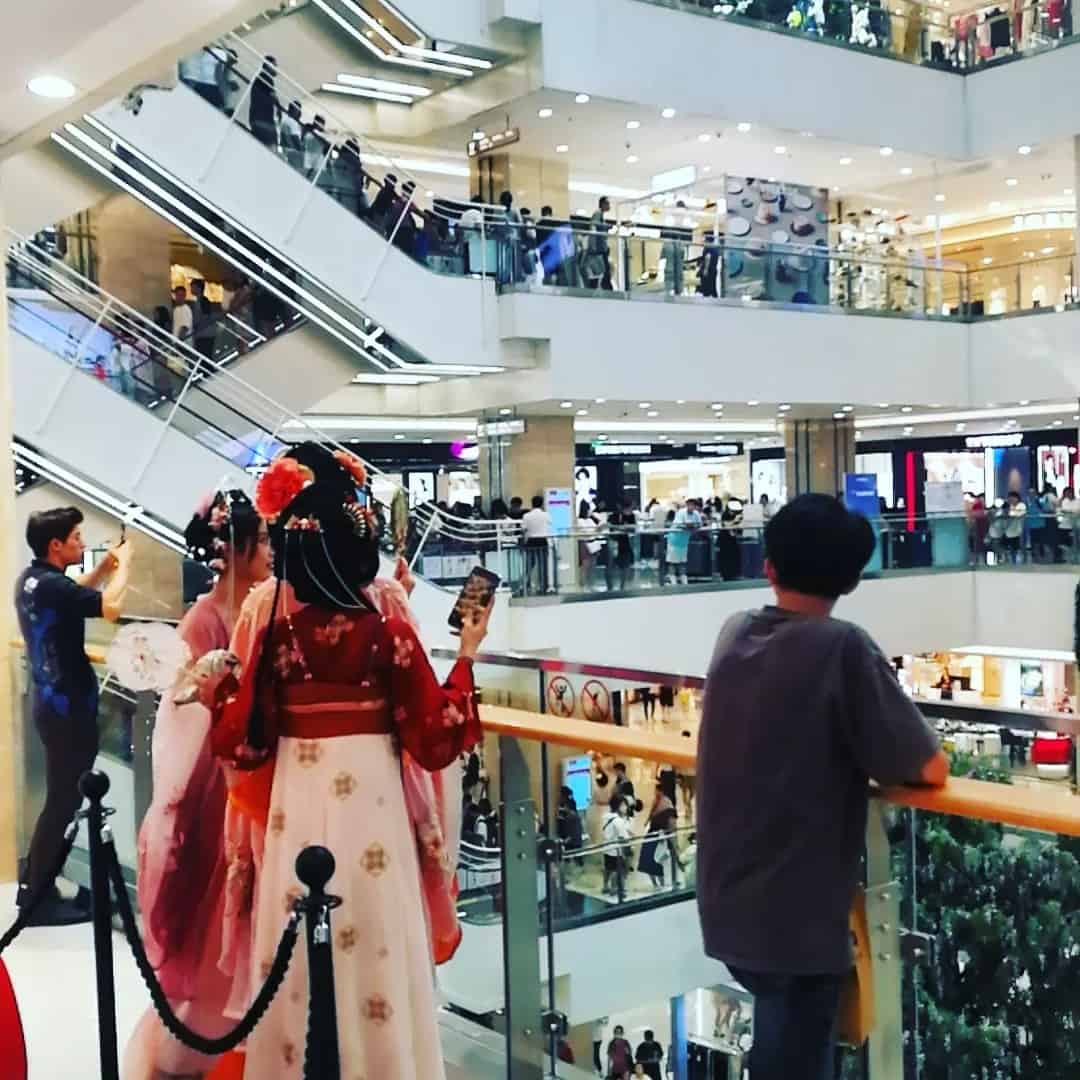
Imagine a fast-paced and futuristic society with all possible forms of consumption and conveniences brought by technological advances. What signs mark some of the most significant changes in Chinese society in the past few years? What kind of social phenomenon are the most noticeable?
Continuing her Regieorgaan SIA-funded research project, the author returns from a fieldwork trip in China this summer and shares some first-hand observations from various aspects of Chinese society.
1. Facial recognition:
Facial recognition is fully integrated into people’s daily lives. The devices are most visible in public transportation and residential areas. For those busy commuters, they no longer need a travel card to enter the metro station. They only need to show themselves, that is, their faces. Another example is the option to enter residential buildings with facial recognition functions. People can still choose to use their key or password to get into their apartment buildings, but many opt for this more convenient method, especially when coming home late in the evening.
2. Electric vehicles:
If 2018, five years ago, marks the introduction of EVs to general consumers, then 2023 would look like a full-fledged market for domestic EVs. Those domestically developed EVs are not only widely popular, they also come with diverse models. For instance, BYD, as a known local brand, has rolled out different series named after ancient dynasties such as Qin, Tang, Yuan, Song, etc. Consumers find these locally produced cars not only budget-friendly but also novel-looking. To compete with the many China-made EVs on the road, Tesla is popular as well. More traditional car brands, like VW, BMW, and Audi, are chosen by consumers due to their symbolism or social status. Still, they seem to be slowly losing their competitiveness among the younger consumers.
3. Weakened social stability and sense of crisis
Small vendors and entrepreneurs were among the most suffered social groups in the past three years under the strict Covid-zero policies. Putting all those lockdowns behind them, people generally feel less financially secure than in pre-Covid times, affecting people’s buying and investing behaviors. Through interviews with people from different social groups, it became clear that even those who have acquired desirable jobs within the system – the so-called “iron bowl”, such as civil servants and university faculty members – are sensing instabilities and exploring new ways of active or passive income.
4. Public services
Public services have much improved compared to their implementations from five years ago. Much more facilities and attention are given to improving accessibility for disabled groups. Digitization for public sectors is also deepened. The most noticeable are from the hospitals and health centers, where users are be assisted with a smart guide.
5. Influencers’ economy and influencers’ town
Influencers are stimulating young consumers through digital platforms. By promoting certain products, the use of the products, and the places where they are seen and can be used, they have connected the digital and physical spaces in a new way. For example, certain shops, malls, tourist attractions, streets, and restaurants obtained online fame among young people, and a cluster of such places becomes an influencers’ place (网红打卡点), or even influencers’ town (网红城市). The creation of these must-go-to places, according to online guides, has stimulated domestic tourism since the country eased down on COVID-19 measures. Cities like Xi’an and Chengdu are among these influencers’ towns. It not only re-boosts the tourism industry but also introduces new tourism cultures, experiences, and behaviors in contrast to the traditional sightseeing scenes.

